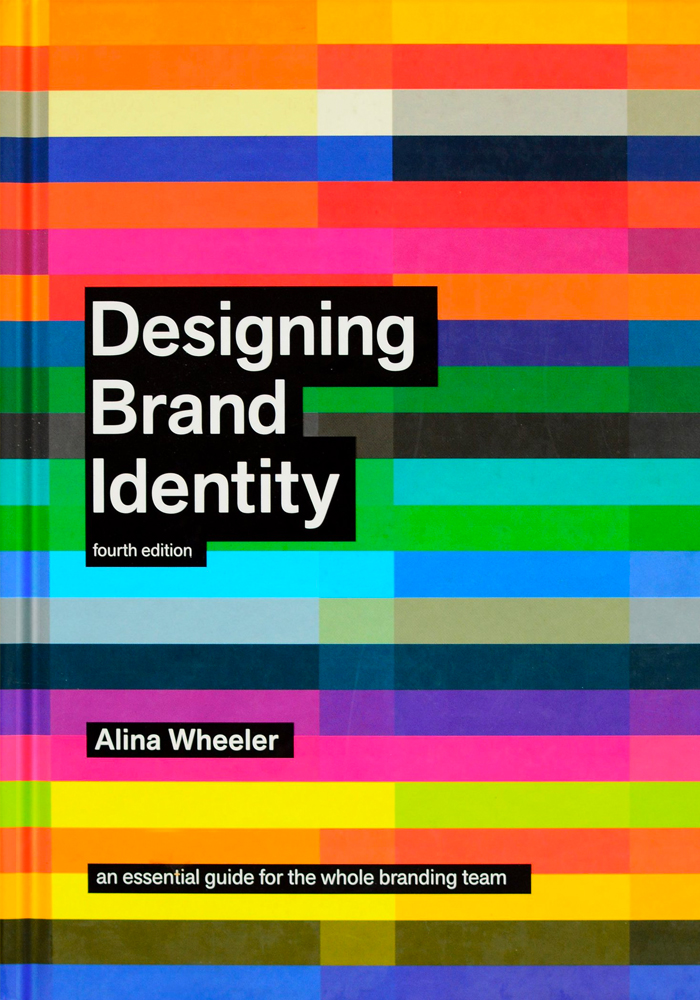Designing Brand Identity by Alina Wheeler was recommended to us in class, a must read.
I wasn’t disappointed. This book is packed full of valuable information, including;
• 33 Case Studies
• 100s of new best practices that demonstrate the thought process of smart strategies and brilliant design
My three main takeaways from this book were
1. Know yourself
To know yourself. Be authentic and embrace differences. Organisations that know what they stand for and who they are when they start the design process are designing from a position of strength, in turn they are creating genuine and sustainable brands.
But before the design process can even begin its key to have a strategy in place in order to understand what the brand essence is, to keep things authentic.
From the offset its good to think about
-BRAND MISSION
-CULTURAL VALUES OF BRAND
-KEYWORDS ASSOCIATED WITH BRAND
-BRAND PERSONALITY
-USER PROFILE ( the ideal customer/client, think about who they are)
Once you answer these key questions you’ll be left with you Unique Selling Point – the thing that will differentiate you from your competitors.
The basic rule of thumb is strategy first, design second.
2. Coherency
The first interaction a customer/client will have with your brand will be through a touchpoint, anything from; social media marketing, ads/billboards and packaging.
Each touchpoint is an opportunity to increase brand loyalty, this is why its vital there’s a coherent identity the audience experiences. Making sure they recognise familiar experiences every time they interact with your brand.
This all starts with the visual identity;
-photography
-typefaces
-colour
Keeping these things consistent allows your brand to be recognisable. Just as you would associate a red can and white cursive lettering with a certain soft drink.
In addition to the visual aspect, there also needs to be a dynamic unified voice, ensuring the messages stay consistent like its all coming from the same person. Clear, simplistic language are key. A voice that’s understood by everyone that sees it while also being recognisably that particular brand.
3. Management
After all is said and done and the brand identity is created, the brand assets need to managed properly. If you don’t manage assets correctly it won’t have mattered if you’ve just spent millions on a rebrand, working in every single little element. The people within your brand need to know how and when to use. This is crucial so that the brand identity system isn’t diluted.
The book itself has masses of information that is very valuable, especially as I’m branding myself for this current project. I’ve barely skimmed the surface of its content in this review. I would definitely recommend to any aspiring designers, as its really opened my eyes. Branding is so much more than a logo some colour and a typeface. Its an experience. I really enjoyed this book, and I’m going to adjust and tweak my branding accordingly.
As Alina quoted “This book is not my book. It is our book…” It is for brand builders, and you who cares “about building the intersection between brand strategy and design.”
